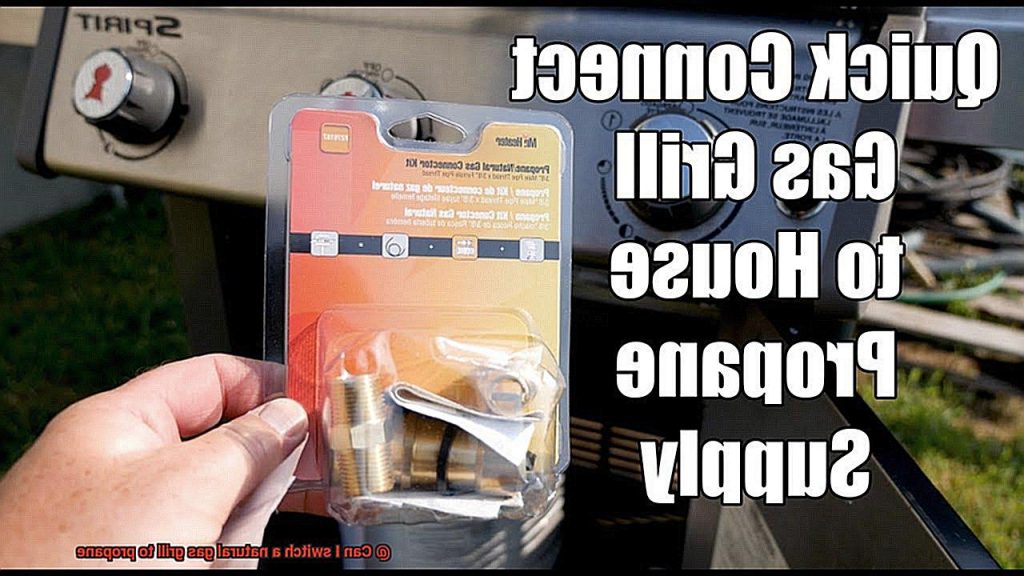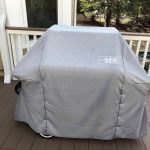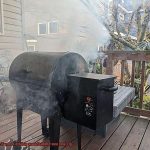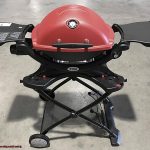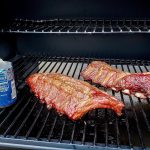Are you tired of being tied down to your natural gas line when it comes to grilling? Do you want the freedom to take your grill on a camping trip or move it around your backyard without the hassle of a gas line? Well, the good news is that switching a natural gas grill to propane is possible with just a few simple modifications.
Let’s address the elephant in the room: Yes, natural gas and propane are both gases, but they are not interchangeable. The orifices on a natural gas grill’s burners are much larger than those on a propane grill’s burners because natural gas expands at a much lower pressure than propane. So, if you’re looking to switch from natural gas to propane, you’ll need to replace the grill’s orifices.
But fear not. This is an easy process that can be completed with just a screwdriver and some elbow grease. You’ll also need to change the grill’s regulator since natural gas and propane have different pressures. But again, this is an easy fix that will allow your grill to work seamlessly with propane.
So, if you’re ready to break free from your natural gas line and embrace the versatility of propane, it’s time to make the switch. With just a few modifications, you can transform your existing natural gas grill into a portable propane-powered grilling machine that’s ready for any adventure.
Contents
What is Natural Gas?
Natural gas is a remarkable fossil fuel composed primarily of methane and other hydrocarbons. It exists deep beneath the Earth’s surface and requires drilling to extract it. Although natural gas is colorless, odorless, and lighter than air, it cannot be used in household appliances in its natural state.
To make it suitable for use, natural gas undergoes a refining process to remove impurities like sulfur and moisture. The resulting natural gas is then compressed and transported through pipelines to homes and businesses where it is utilized for heating, generating electricity, and powering vehicles.

Here are some fascinating sub-topics about natural gas:
- Composition: Natural gas contains various hydrocarbons, including methane, ethane, propane, and butane. The composition of natural gas can vary depending on its extraction location.
- Processing and Refining: Natural gas undergoes a rigorous refining process to remove impurities such as sulfur and moisture before being compressed and transported through pipelines.
- Advantages: Natural gas has several advantages over other fossil fuels such as coal and oil. It burns cleaner, producing fewer emissions that contribute to air pollution and climate change. It is also abundant and affordable compared to other fossil fuels.
- Differences between Natural Gas and Propane: While both natural gas and propane are popular for grilling, they operate at different pressures. Natural gas operates at a lower pressure than propane, necessitating an adjustment of the grill’s regulator. Switching from natural gas to propane requires buying a new regulator designed for use with propane along with a propane tank and hose.
- Safety Precautions: After switching from natural gas to propane for grilling, it’s necessary to check connections for leaks by applying a solution of soapy water. If bubbles are observed, the grill should not be used until the leak has been repaired.
What is Propane?
Propane is more than just a flammable gas stored in pressurized tanks. It is a versatile and efficient fuel source that provides many benefits over other fossil fuels. As a byproduct of natural gas processing and oil refining, propane is considered a clean-burning fuel source that produces fewer emissions than its counterparts.
One of the major advantages of propane is its versatility. It can be used as a substitute for natural gas, commonly used in homes and businesses for heating and cooking. However, unlike natural gas, propane is more portable and easier to store. This makes it an ideal choice for outdoor activities like grilling and camping trips.
But the benefits of propane don’t end there. The agriculture, construction, and transportation industries also rely on propane’s efficiency. Farmers use propane-powered equipment such as tractors, heaters, and generators to power their operations. Construction companies use propane heaters to keep workers warm during cold weather conditions. And transportation companies use propane-powered engines to reduce emissions.
Propane is also widely used for heating homes and buildings because it burns hotter and cleaner than other fossil fuels. Additionally, it can be used as a backup power source during power outages.
Can You Switch from Natural Gas to Propane?
There are some important modifications you need to make to ensure a safe and efficient transition.
Firstly, check the size of your grill’s burners. Propane burns hotter than natural gas, so make sure your grill’s burners can handle the increased heat. If not, it could damage your grill and pose a safety hazard.
Another crucial factor to consider is the type of regulator your grill uses. Natural gas grills use a low-pressure regulator, while propane grills use a high-pressure regulator. To switch from natural gas to propane, you must replace your regulator with one designed specifically for propane.
In addition, orifices control the flow of gas into the burner and are designed specifically for either natural gas or propane. So, you’ll need to replace the orifices in your grill’s burners as well.
While these modifications may seem daunting, they are essential in ensuring that your grill works safely and efficiently. It’s highly recommended that you consult with a professional before attempting this switch yourself.
Switching from natural gas to propane is possible for most grills, but it’s important to take all the necessary precautions. Here are some additional tips:
- Make sure your propane tank is properly secured and placed away from any flammable materials.
- Use a leak detector solution to check for any gas leaks before using your grill.
- Clean your grill thoroughly before switching fuels to avoid any leftover residue.
Necessary Equipment for the Switch
Great idea. But before you begin, it’s essential to have the necessary equipment to make the transition smooth and safe. As an expert in this field, I’m here to guide you through the process and help you understand what equipment you’ll need.
First and foremost, you’ll require a propane conversion kit. This kit typically includes all the necessary components such as valves, orifices, and regulators that will enable your grill to run on propane. However, it’s crucial to check if your grill is compatible with propane conversion. Not all grills can be converted, so make sure to consult with a professional or check the manufacturer’s website before purchasing the conversion kit.
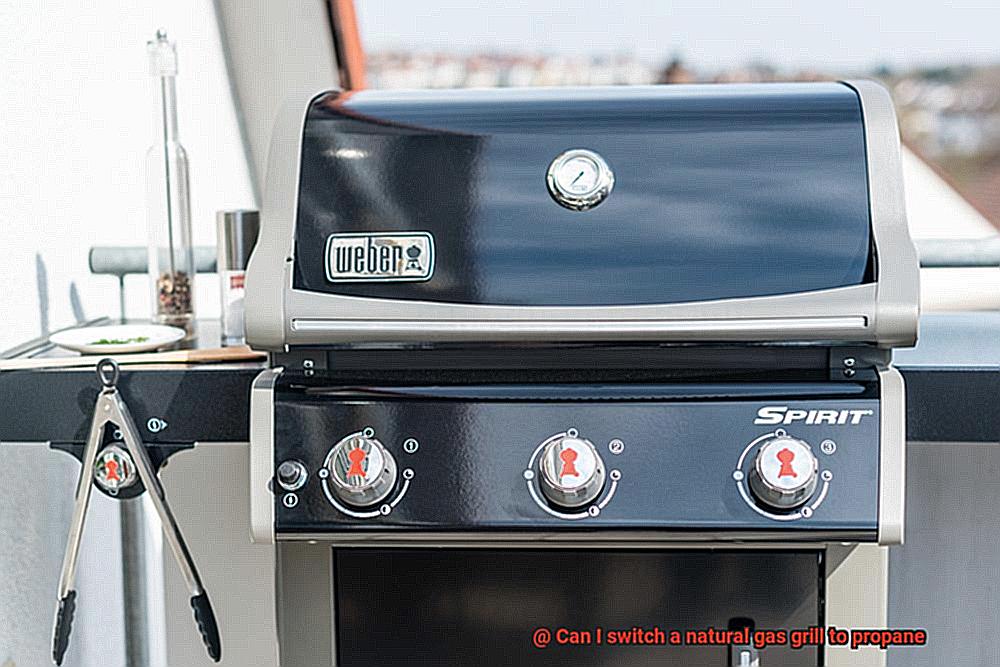
Next up, you’ll need a propane tank and hose. The size of the propane tank depends on how often you plan on using your grill and how much cooking you’ll be doing. A standard 20-pound tank should suffice for most home grilling needs. Make sure to purchase a hose that’s rated for propane use and long enough to connect from the tank to the grill. A good length is around 10 feet.
Switching from natural gas to propane requires some safety precautions as well. It’s crucial to have a propane leak detector on hand to ensure that there are no leaks in your system. You can’t be too careful when it comes to safety. Additionally, always keep a fire extinguisher nearby in case of any emergencies.
Adjusting the Grill’s Regulator
One of the most crucial steps in this process is adjusting the grill’s regulator. As an expert on this topic, I am excited to guide you through the process and ensure that you have a seamless transition.
The regulator is the heart of your grill, controlling the flow of gas from the fuel source to the burners. However, natural gas and propane have different pressure requirements, which means that the regulator must be adjusted accordingly. To make this happen, you’ll need a few tools, including a propane conversion kit, tank and hose, propane leak detector, and fire extinguisher. Safety first.
Now let’s get started. Follow these simple steps to adjust your grill’s regulator when switching from natural gas to propane:
Turn off the Gas Supply
First things first: turn off the gas supply and disconnect your grill from any electrical sources.
Locate the Regulator
Find your regulator, which is usually located near the fuel source or attached to your grill’s hose. Check that it is compatible with propane gas by looking for a label or checking with the manufacturer.
Loosen the Locking Nut
Use a wrench to loosen the locking nut on top of the regulator.
Adjust the Pressure
Now it’s time to adjust the pressure. Turn the adjustment screw clockwise to decrease pressure or counterclockwise to increase it. For added assurance, use a pressure gauge to ensure that the pressure is within the recommended range for propane gas.
Tighten the Locking Nut
Once you’ve adjusted the pressure, tighten the locking nut back in place, and reattach any hoses or connections.
Perform a Leak Test
Before using your grill, perform a leak test by coating all connections and hoses with soapy water and turning on the gas supply. If bubbles form, there is a leak that needs to be fixed before using your grill.
Remember, not all natural gas grills can be converted to propane, and attempting to do so may void warranties or safety certifications. It’s always best to consult with a professional or contact the manufacturer before attempting to convert your natural gas grill to propane.
Purchasing a Propane Tank and Hose
If so, the first step is purchasing a propane tank and hose. As an expert in this field, I have researched and compiled essential information to help you make informed decisions when purchasing these items.
Firstly, selecting the appropriate size propane tank is crucial for uninterrupted grilling sessions. The standard size for most grills is a 20-pound propane tank. However, if you own a larger or more frequently used grill, choosing a larger tank size may be necessary. Don’t let running out of fuel mid-grill ruin your cookout.
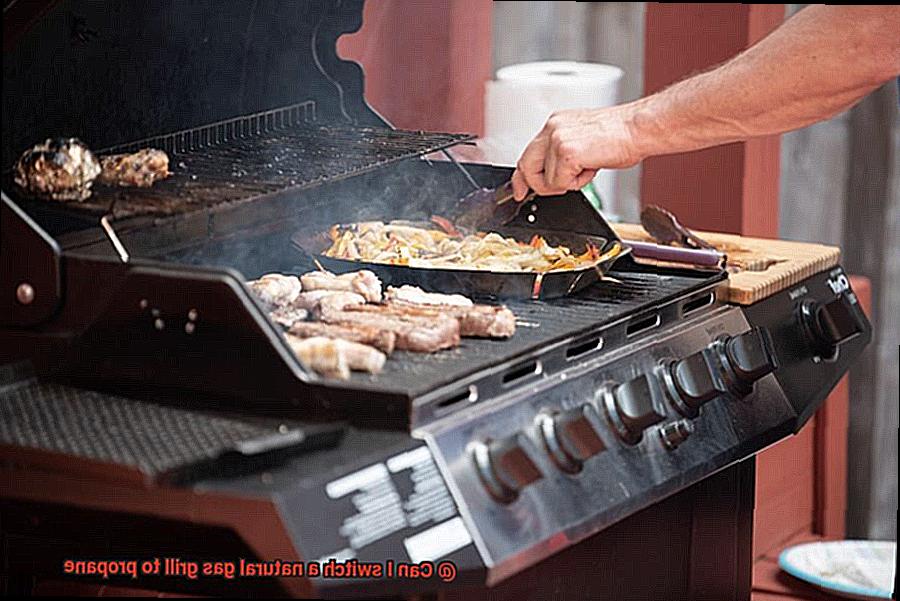
When selecting a hose, it’s important to choose one that is compatible with both your grill and propane tank. Choose hoses labeled “propane” or “LP” and ensure that the fittings match those on your grill and tank. A high-quality, durable hose ensures safety and longevity, so don’t skimp on this purchase.
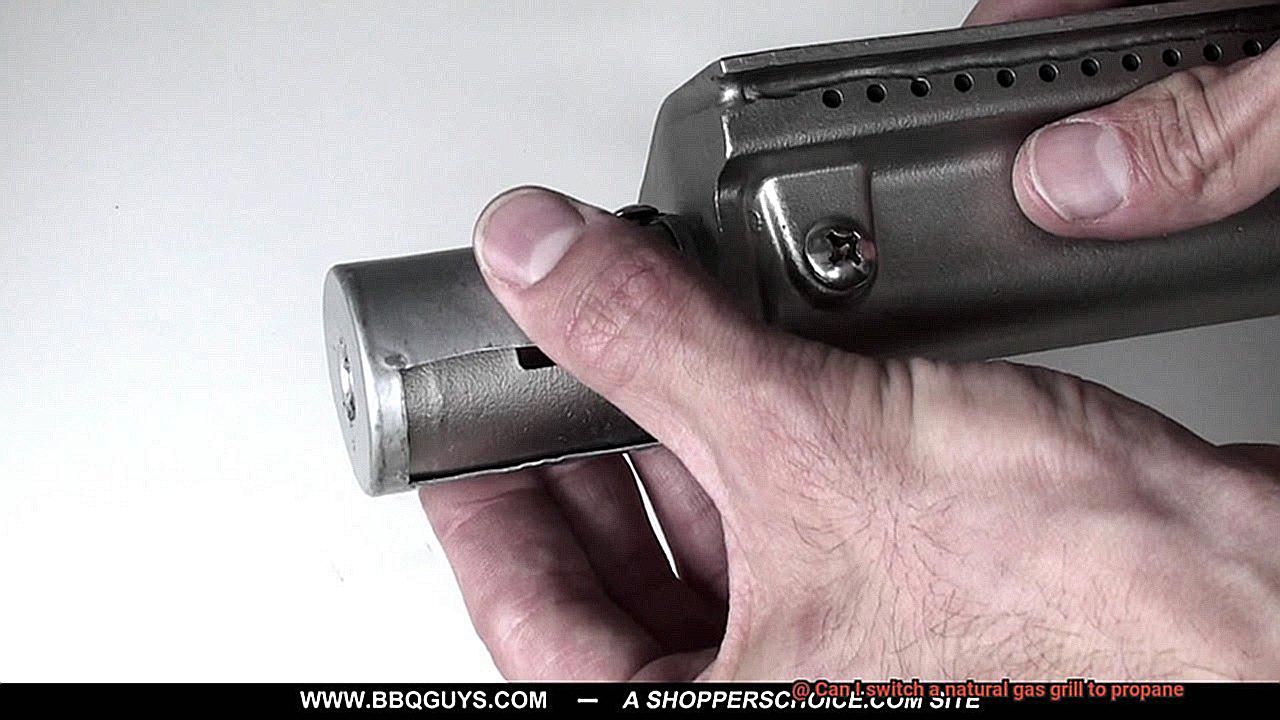
It’s important to note that propane tanks need to be refilled or exchanged when they run out of fuel. Check with hardware stores or home improvement centers in your area for availability and pricing of these options. Don’t let an empty propane tank ruin your cookout.
Safety should always come first when handling propane tanks. Keep tanks upright, away from heat sources and direct sunlight, and never store them indoors or in enclosed spaces. Always turn off the valve on the tank when not in use.
Making the Switch from Natural Gas to Propane
If so, you’re in luck. Propane grills offer the benefits of portability and versatility that natural gas grills may not provide. But how do you make the switch to propane? As an expert in grilling, I’m here to guide you through the process.
First and foremost, it’s essential to determine if your grill can be converted to propane. While some grills are designed for dual fuel usage, not all models are suitable for conversion. To avoid any mishaps, refer to your grill’s manual or contact the manufacturer for guidance.
Once you’ve confirmed that your grill is convertible, the next step is to purchase a conversion kit. These kits usually include a new regulator, hose, and orifices specific to propane gas. It’s vital to choose a kit that is designed for your specific grill model to ensure proper installation.
Now it’s time to get started with the conversion process. Begin by turning off the natural gas supply and disconnecting the hose from your grill. Then remove the orifices from the burners and replace them with the propane orifices included in the conversion kit. Finally, attach the new regulator and hose following the instructions provided in the kit.
Before firing up your newly converted propane grill, it’s important to check for leaks. Apply a soapy solution to all connections and turn on the gas. If bubbles form, there’s a leak that needs fixing before using your grill.
In conclusion, converting a natural gas grill to propane requires a few adjustments but is generally straightforward. By following these steps, you’ll be well on your way to enjoying all of the benefits that propane grilling has to offer. Don’t forget safety measures like keeping tanks away from heat sources and turning off valves when not in use.
Checking for Leaks Before Use
While the conversion process involves replacing the orifices, attaching a new regulator, and hose, it is crucial to ensure there are no leaks in the system.
Propane operates at higher pressures than natural gas, which even a small leak can lead to a dangerous situation. To avoid this, you need a leak detection solution or soapy water. First, turn off the propane tank and disconnect the hose from the grill. Then apply the solution or soapy water to the hose and connections. If you notice bubbles forming, there is a leak in your system.
If you find a leak, don’t try to fix it yourself as it could be dangerous. Instead, avoid using the grill until it has been repaired by a professional. Remember, safety should always come first.
Apart from checking for leaks, inspecting the propane tank for any damage or rust is essential. If you notice any issues with the tank, replace it before using it with your grill.
To sum up, prioritize safety by taking time to check for leaks and inspecting the propane tank before use. Here is a checklist of things to do:
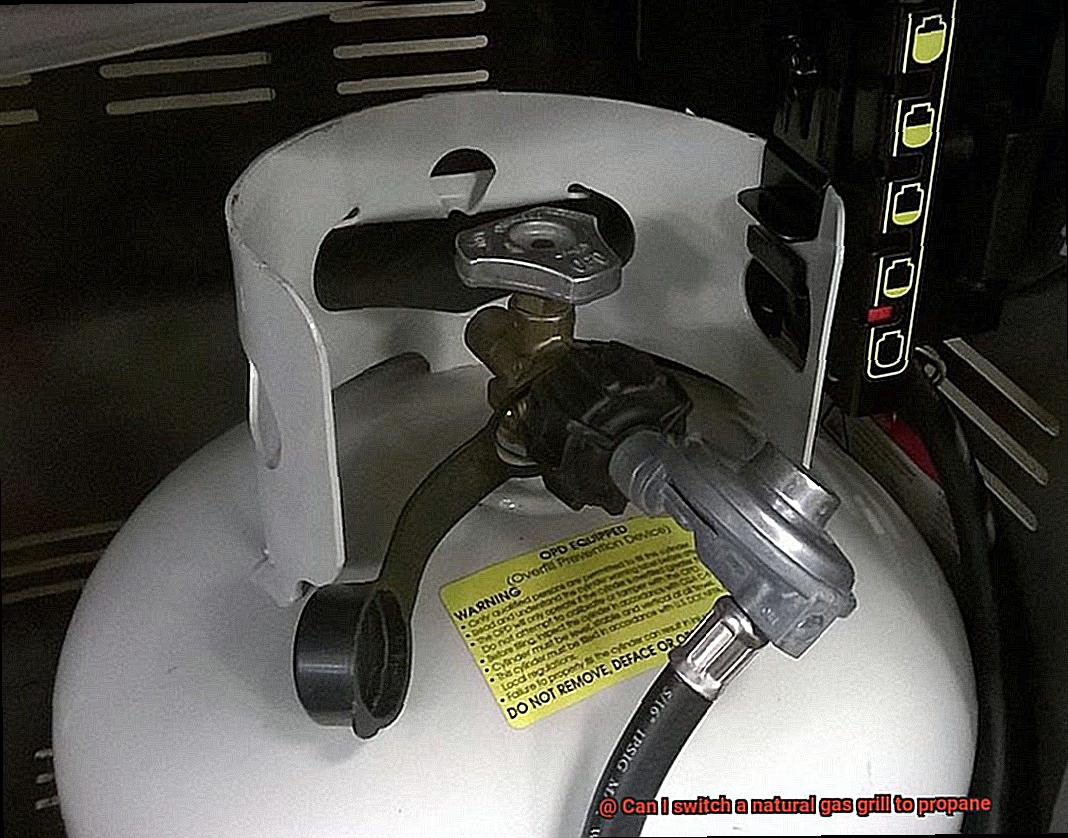
- Turn off the propane tank and disconnect the hose
- Apply leak detection solution or soapy water to the hose and connections
- Check for bubbles forming; if there are any, there’s a leak
- Avoid using the grill if there’s a leak
- Inspect the propane tank for rust or damage
- Replace damaged tanks before using them with your grill
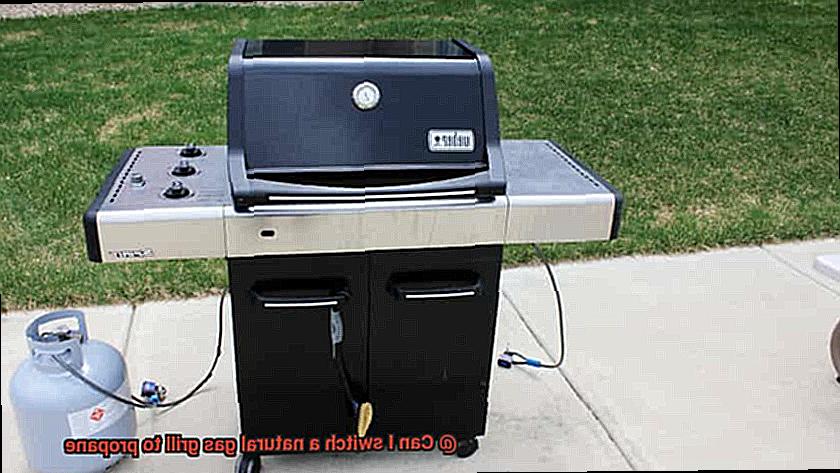
U_z5yGZFTBo” >
Conclusion
In conclusion, transforming a natural gas grill to propane is a feasible task that requires only a few straightforward adjustments. Nevertheless, it’s crucial to bear in mind that natural gas and propane are not interchangeable, and modifications must be made for the conversion to function safely and efficiently. The burners on a natural gas grill have more significant orifices than those on a propane grill due to the difference in pressure between the two gases. Thus, replacing the grill’s orifices and regulator is essential.
When purchasing equipment for the switch, make sure you choose a propane conversion kit designed explicitly for your grill model. Additionally, opt for a hose marked “propane” or “LP” that matches your grill and tank fittings.
Before using your newly converted propane grill, it’s imperative to check for leaks by applying soapy water solution to all connections. If bubbles appear, there is a leak that needs fixing before using your grill.
Overall, converting from natural gas to propane offers greater flexibility and portability when it comes to grilling. However, safety should always take precedence when handling propane tanks and performing any adjustments to your grill.

